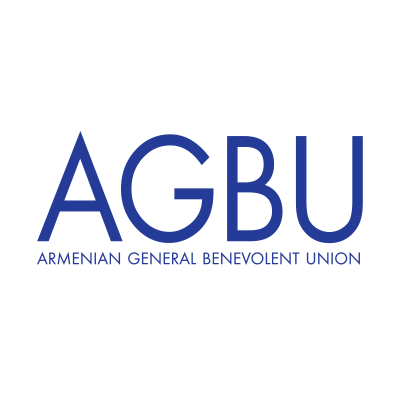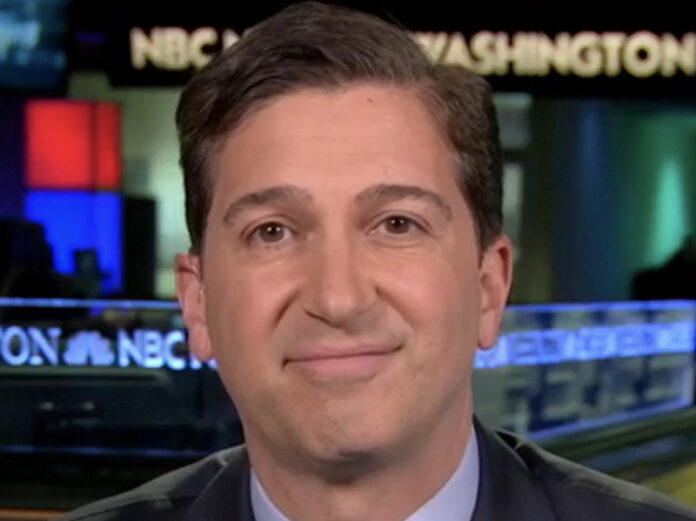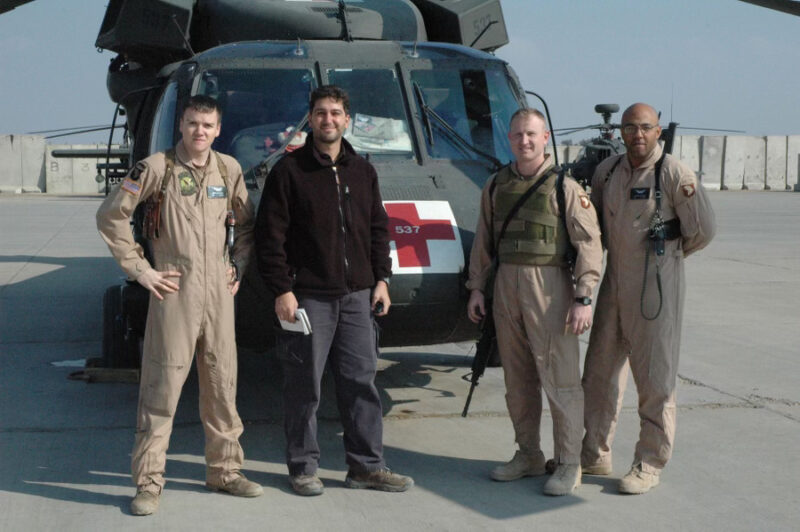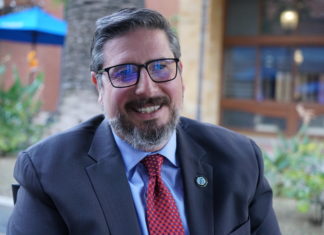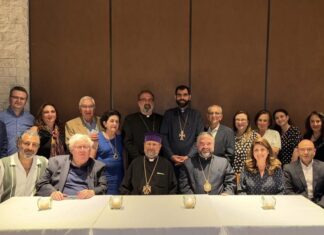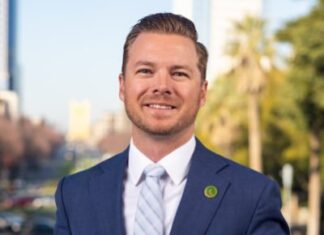WATERTOWN — Ken Dilanian is the justice and intelligence correspondent for NBC News, based in Washington D.C. He will be one of the panel members discussing “Media Coverage of Armenia and Artsakh Today” at Tufts University on Friday, October 27, and at the Armenian Mirror-Spectator’s 90th anniversary gala the following evening.
Starting last year, Dilanian’s focus at work has been primarily the Justice Department. He has an office in the Justice Department’s press room, and covers the FBI, the Attorney-General, and the various things the Justice Department is doing, with the biggest stories being right now the special council investigations and prosecutions of the prior president and the investigation of the current president and his son.
The 55-year-old Dilanian said that at NBC currently he has three different types of work. “One job is to go on cable and do a live shot. I just talk off the cuff or sometimes read a teleprompter about a breaking story of the day,” he said, but he also still writes articles. These are usually on something interesting and new but not suitable for television, or an article summarizing a television story that he had done.
His third category of work is preparing the television package. He said, “For that you go out and shoot the story. You do the interviews, bring together the visual elements with the help of a producer, and then you write a script putting all that together.”
A Career Path Leads to Iraq
When Dilanian was studying at Williams College, choosing journalism as a career was still not definite. In fact, he said, “I kind of stumbled into it.” He majored in political science and history, and would write for the Williams Record, the weekly college newspaper. There was no journalism program at Williams, so he took one month winter study courses from outside journalists.
